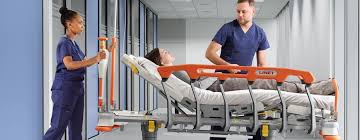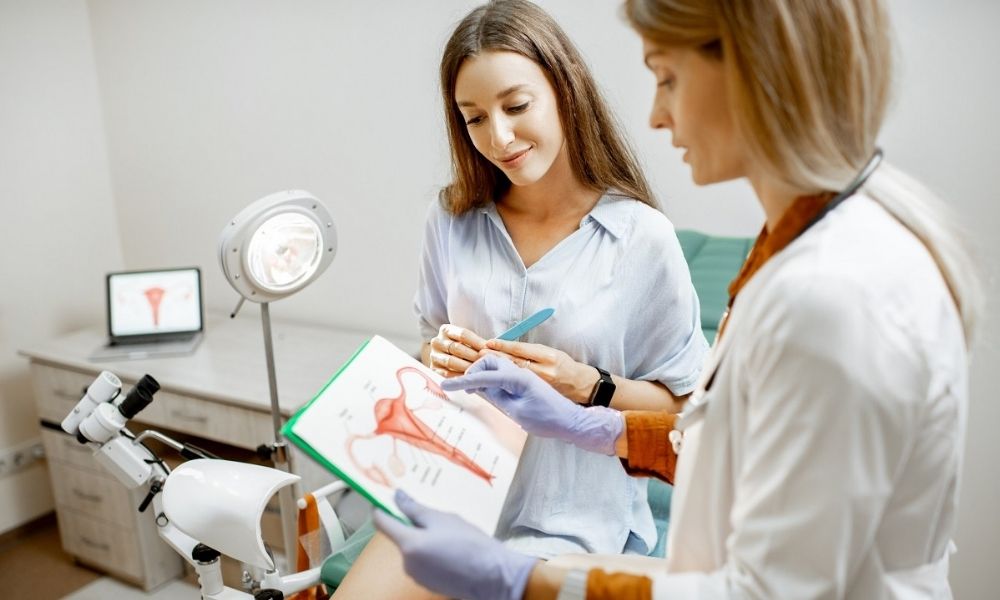In the speedy climate of crisis clinical consideration, productive treatment of patients is vital for their results. One of the crucial devices in this cycle is the clinical cart. Used to ship patients securely and quickly inside clinical offices, understanding how to really use a cart can essentially influence the nature of care gave. From essential standards to cutting edge methods, dominating the utilization of a cart requires both specialized capability and a profound comprehension of patient necessities. This article plans to investigate the different parts of involving a cart in health related crises, covering its plan, legitimate dealing with procedures, security conventions, and the basic job it plays in the continuum of patient consideration.
Grasping the Cart: Plan and Capability
A cart, otherwise called a cot or a streetcar, is a wheeled contraption intended to move patients starting with one area then onto the next inside a clinical office. It regularly comprises of a level, cushioned surface mounted on a wheeled casing that takes into consideration simple mobility. Carts come in different plans and designs, customized to various clinical conditions and sorts of patients. Some are outfitted with customizable levels, backrests, and side rails for added solace and wellbeing during transport.
The essential capability of a cart is to give a steady and secure stage for patients who can’t move freely or require immobilization because of injury or sickness. This guarantees their wellbeing during travel and limits the gamble of additional injury. Carts may likewise highlight extra adornments, for example, IV posts, oxygen tank holders, and lashes or limitations to get the patient set up.
EMSRun is a basic part of crisis clinical benefits (EMS), devoted to giving quick reaction and care during health related crises. It incorporates an expansive scope of exercises, including the dispatch of crisis clinical workforce, the arrangement of pre-medical clinic care, and the transportation of patients to clinical offices.
High level Methods and Extraordinary Contemplations
In specific health related crises, for example, injury or heart failure, particular strategies might be required while utilizing a cart. For patients with thought spinal wounds, immobilizing the spine prior to moving them onto the cart to forestall further damage is fundamental. This frequently includes the utilization of spinal sheets or cervical collars notwithstanding standard getting techniques. satisfactory help during transport.
Wellbeing Conventions and Chance Administration
Gurney medical care suppliers ought to get extensive preparation in cart utilization as a component of their expert improvement to get to know legitimate dealing with strategies and security rules. This preparation ought to envelop situations including various kinds of patients and health related crises to get ready suppliers for assorted circumstances they might experience in clinical practice.
Powerful correspondence among medical services colleagues is likewise basic during cart tasks to arrange developments and guarantee patient wellbeing. Clear designation of jobs and obligations smoothes out the exchange cycle and lessens the gamble of blunders or oversights.
Combination with Patient-Focused Care
Involving a cart in health related crises goes past simple transportation; it is fundamental to giving patient-focused care that focuses on solace, respect, and security. Medical services suppliers ought to move toward cart use with sympathy and empathy, recognizing the expected pressure and uneasiness patients might insight during health related crises.
Conclusion.
Dominating the utilization of a cart in health related crises requires a blend of specialized expertise, adherence to safe conventions, and a patient-focused way to deal with care. By grasping the plan and capability of carts, utilizing appropriate dealing strategies, and coordinating high level conventions depending on the situation, medical services suppliers can guarantee productive and sympathetic consideration conveyance to patients in their most weak minutes.






